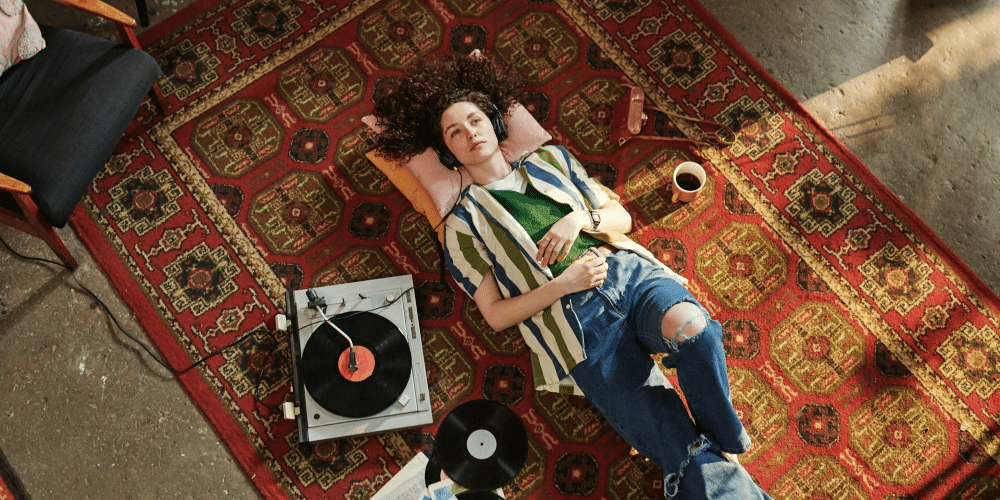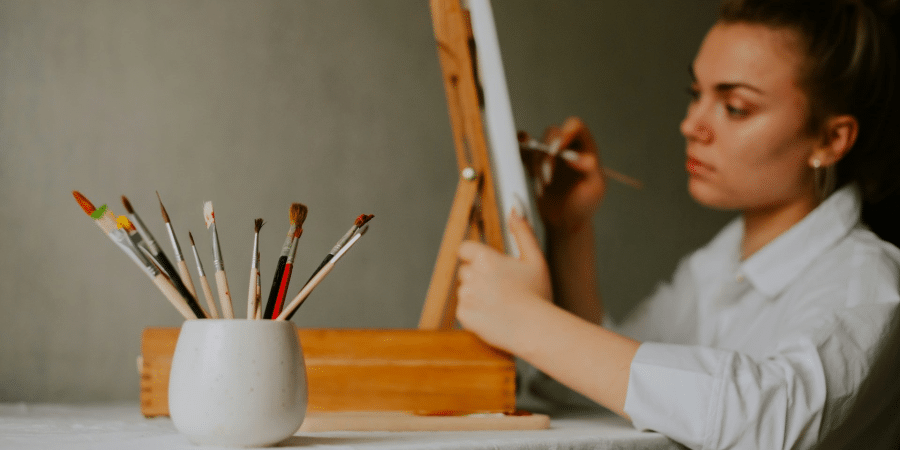Have you ever noticed how reflections are used in movies to enhance storytelling and create visual interest? From subtle symbolism to dramatic plot twists, reflections play a significant role in cinematography, adding depth, symbolism, and intrigue to film scenes. In this article, we’ll take a closer look at how films utilize reflections to captivate audiences and convey meaning.
Creating Visual Depth
One of the primary ways that films use reflections is to create visual depth and complexity within a scene. By incorporating reflective surfaces such as mirrors, water, glass, and shiny objects, filmmakers can add layers of visual interest and depth to their compositions. Reflections can help establish the spatial relationships between characters and their surroundings, as well as create dynamic compositions that draw the viewer’s eye and enhance the overall visual experience.
Symbolism and Metaphor
Reflections are often used symbolically in films to convey deeper themes and emotions. For example, a character may gaze into a mirror and confront their inner demons or grapple with their identity and sense of self. Mirrors can also symbolize duality, revealing the contrast between a character’s public persona and their hidden desires or insecurities. Similarly, reflections in water or glass can serve as metaphors for introspection, transformation, and the passage of time, adding layers of meaning to the narrative.
Foreshadowing and Subtext
Reflections can also be used as a storytelling device to foreshadow future events or hint at hidden subtext within a scene. For example, a character may catch a glimpse of something ominous in a reflective surface, hinting at the dangers or conflicts to come. Similarly, reflections can reveal subtle clues about a character’s true intentions or emotions, adding depth and complexity to their interactions with others. By incorporating reflections strategically, filmmakers can plant seeds of intrigue and suspense that keep audiences engaged and guessing.
Enhancing Mood and Atmosphere
In addition to their symbolic and narrative functions, reflections are also used to enhance the mood and atmosphere of a film. By manipulating lighting, framing, and camera angles, filmmakers can create evocative reflections that evoke specific emotions and enhance the overall tone of a scene. For example, soft, diffused reflections can convey a sense of intimacy and warmth, while harsh, distorted reflections can create a feeling of tension or unease. By carefully crafting the visual elements of a scene, filmmakers can use reflections to evoke a wide range of emotions and immerse viewers in the world of the film.
Adding Visual Interest and Texture
Beyond their narrative and symbolic functions, reflections are also used simply to add visual interest and texture to a film. Reflective surfaces can create mesmerizing patterns of light and shadow, adding a dynamic and kinetic quality to the visual composition. By playing with reflections, filmmakers can create visually stunning images that captivate the eye and draw the viewer deeper into the cinematic experience. Whether it’s the shimmering reflections of city lights on wet pavement or the distorted reflections of a character’s face in a broken mirror, reflections add an extra layer of visual richness and complexity to film scenes.
Hidden Layers
Reflections are a powerful cinematic tool that filmmakers use to enhance storytelling, convey meaning, and create visual interest in their films. Whether they’re used symbolically to explore themes of identity and duality, strategically to foreshadow future events, or simply to add texture and depth to a scene, reflections play a vital role in shaping the visual language of cinema. By understanding how reflections are used in films, viewers can gain a deeper appreciation for the artistry and craftsmanship of filmmaking and uncover hidden layers of meaning within their favorite movies.







